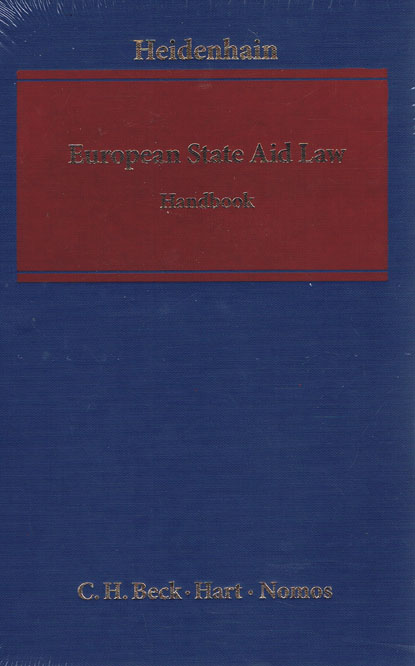We will be closed from 5pm Thursday 17th April for the Easter Bank Holidays, re-opening at 8.30am on Tuesday 22nd April. Any orders placed during this period will be processed when we re-open.

The handbook is of general interest to competition lawyers and is not specifically concerned with German law or legal practice. European State Aid Law has gained considerably in importance over the last decade. The number of proceedings before the Commission has escalated and the European Courts are increasingly involved with disputes concerning state aid.
It fully incorporates the EU Commission State Aid Action Plan (“Less and better targeted state aid: a roadmap for state aid reform 2005-2009”), published mid 2008, and the new version of the General Block Exemption Regulation.
The main topics covered are: Basic principles; Elements of state aid; Compatibility of state aid with the Common Market according to Art. 87 Sec.2 and Sec.3 ECT; Block Exemption Regulations; Public enterprises; Commission proceedings according to Council Reg. (EC) No. 659/ 1999; Proceedings before the European Courts.
To meet the needs of practitioners in Europe and beyond, the handbook also covers state aid concerning venture capital, agriculture and steel.